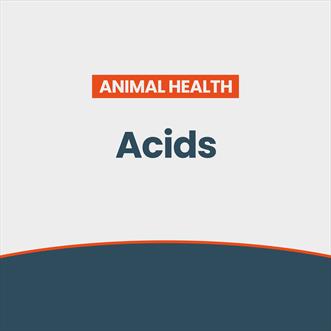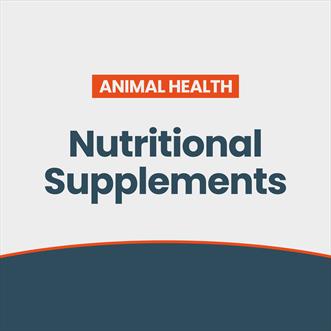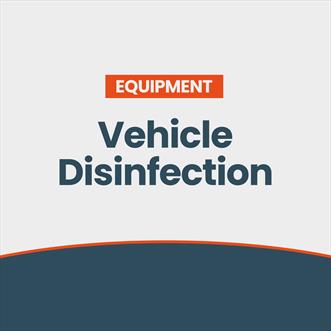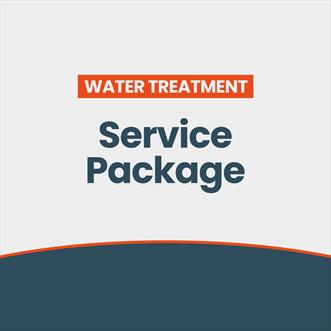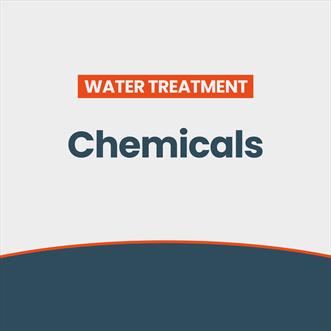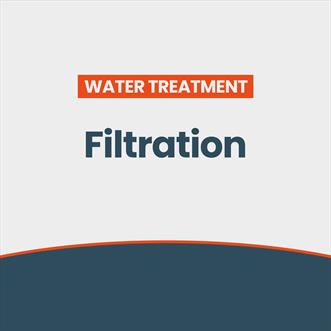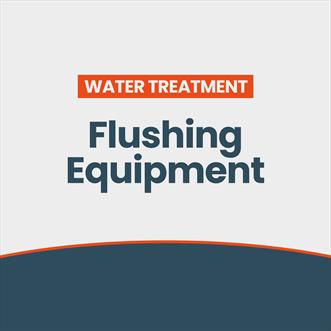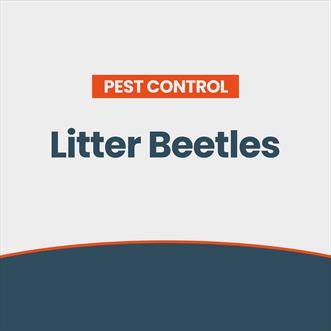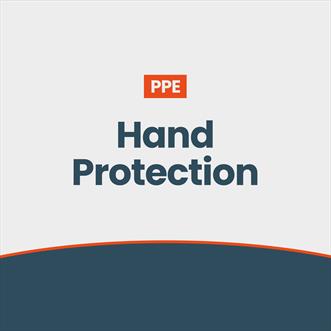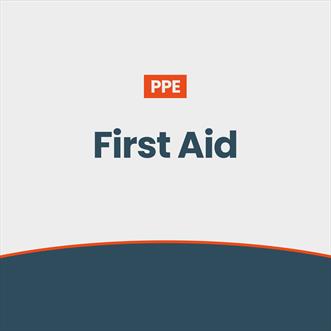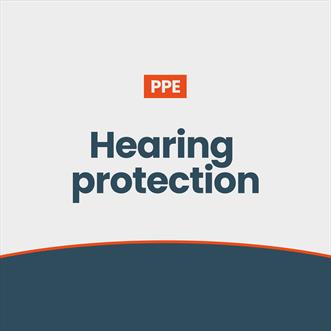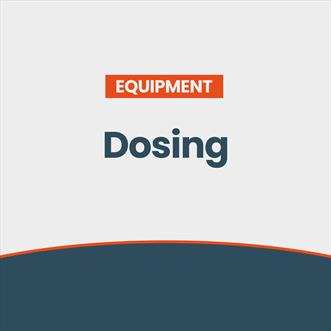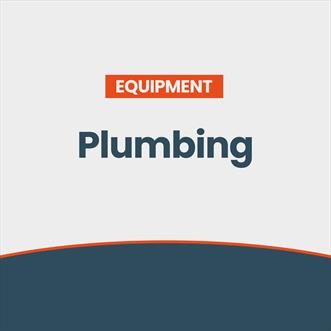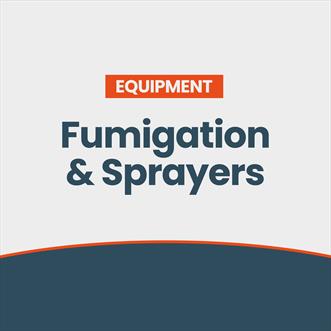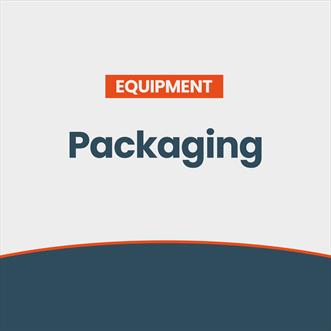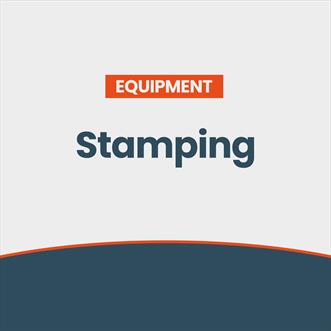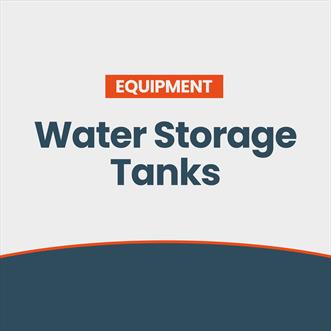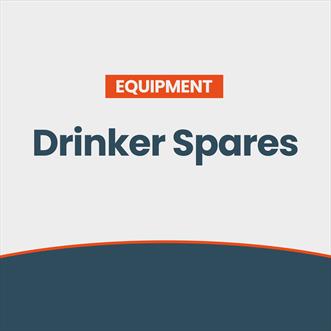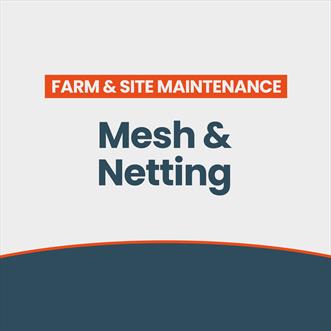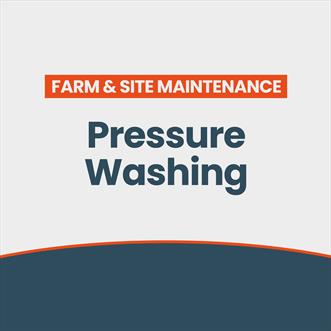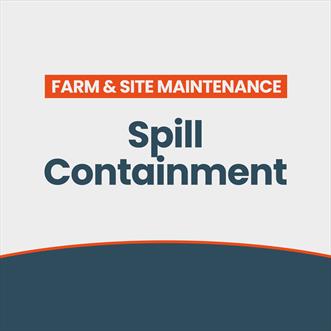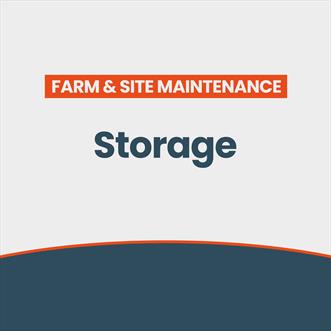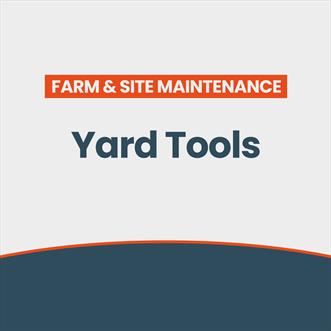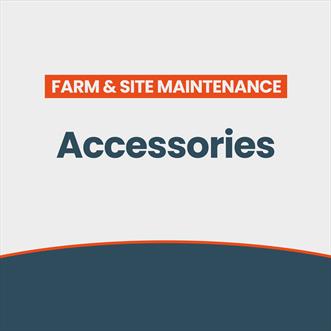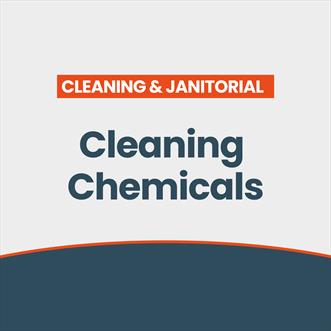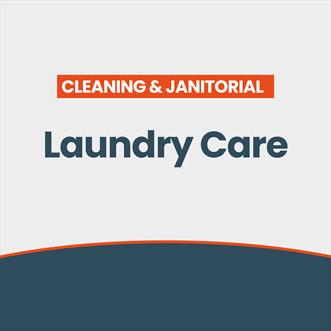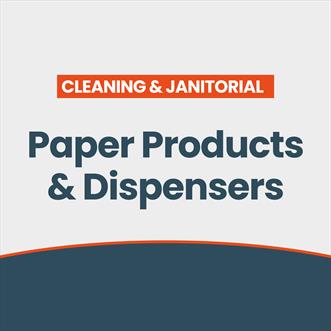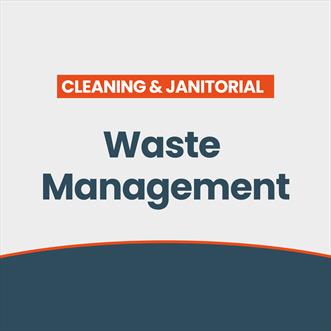What size store do I need?
A store should be big enough to store the maximum volume of hazardous substances likely to be on site at any one time, with provision for rinsed empty containers as well. HSE advises that the store needs to be big enough to contain spillage or leakage equivalent to 110% of the total volume of products which are likely to be stored; this rises to 185% in an environmentally sensitive area.
Staff should be able to access materials easily without having to move one product to get to another. Do allow enough room to separate incompatible substances, as chemical accidents can easily occur, producing heat and fumes or worse. For example, hydrogen peroxide, which is often found in cleaning agents, should be stored away from copper, chromium, iron, most metals or their salts, alcohols, acetone, organic materials, aniline, nitromethane, flammable liquids, ammonia or oxidizing gases. Incompatible chemicals should always be stored at least 3 metres apart, or 5 metres where there is a danger of violent reaction.
Can a store be located anywhere?
A store should be carefully located. It should not be placed near to drains, wells, water courses or areas at risk of flooding, and it should be at least four metres away from:
- Combustible materials such as bedding, diesel, oils, paints, fertilisers, paper, wood stacks, and gas containers
- Domestic dwellings/staff rooms/offices
- Sources of ignition
Can I build my own store?
A store can be built new or adapted from existing buildings. Always check with your local authority before building new storage as planning permission may be required. Where possible, access to the chemical store should open directly to the outside. Whether it is newly built or adapted from existing buildings, a store should be dry, frost-free, resistant to fire for at least 30 minutes, capable of retaining leakage/spillage, adequately ventilated, and secure against unauthorised access. Bunding is the most common way of doing this.
What is bunding?
Bunding is essentially a spill containment system in the form of a secondary perimeter around potentially hazardous substances. The bund should incorporate the whole periphery of the store, and should not be compromised by entrances and exits where services enter the store. Consult HSE guidelines for detailed advice about constructing or converting an existing structure into a bund. Interhatch also provides bunded storage cabinets for safe storage of pesticides and other farm chemicals.
Organising a store
A store containing hazardous substances should always be kept locked when not in use. There should be a general ‘danger’ warning sign on the exterior of the building, as well as ‘no smoking’ and no ‘naked flames’ signs. A list of emergency phone numbers together with the procedure for fire and spillage is also best practice. The Environment Agency, and those at risk, should be informed if the spill contaminates water or large amounts of soil.
Always store powders above liquids in case of leakage and provide adequate lighting so that staff can read the labels. Plastic containers should be stored away from direct sunlight. Provide a brush, shovel, absorbent granules/sand and an impermeable container to deal with any spillages. And practise good store management by ensuring that waste packaging is removed, old stocks are used up, and damaged or deteriorating containers are properly disposed of. Only store products in their original labelled container and ensure an up-to-date stock record is kept away from the store.

